
The concept of furniture designed specifically for children dates back to ancient civilizations. The Egyptians and Greeks were pioneers in crafting smaller-sized furniture, such as beds and chairs, tailored for the younger members of society. These early examples laid the groundwork for the evolution of kids' beds.
During the Renaissance, the idea of child-specific furniture expanded, albeit modestly, with the introduction of scaled-down bookshelves for organizing school books. However, it wasn't until the Victorian era that a significant shift occurred, with the advent of nurseries and the use of wood steam bending techniques to create practical and lightweight children's furniture.
The 20th century brought about a revolution in children's furniture design, influenced by educational theories from the Bauhaus and Maria Montessori. Montessori, in particular, emphasized the importance of child-sized furniture, leading to the creation of various beds, chairs, and tables that were not only functional but also conducive to a child's autonomy and development.
Today's children's furniture continues to evolve, focusing on safety, accessibility, and the encouragement of self-guided exploration. The designs reflect an understanding of the needs of children at different developmental stages, from toddlers to teens, with an emphasis on ergonomic features and the use of safe materials.











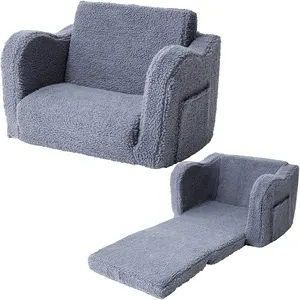


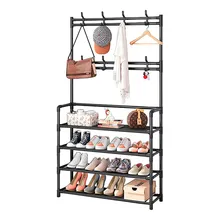


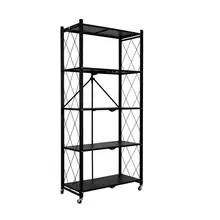


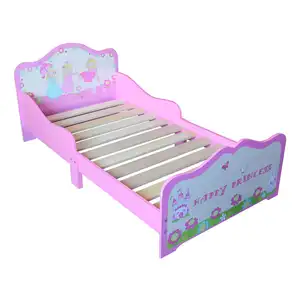

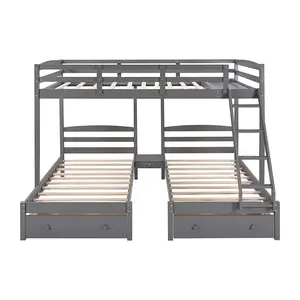

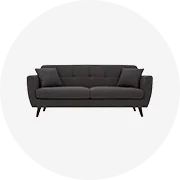
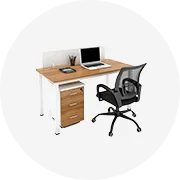

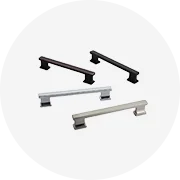
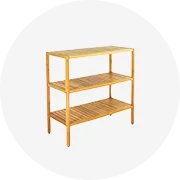

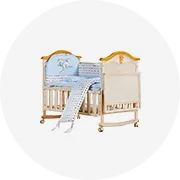


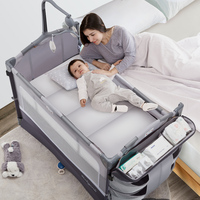








 浙公网安备 33010002000092号
浙公网安备 33010002000092号 浙B2-20120091-4
浙B2-20120091-4